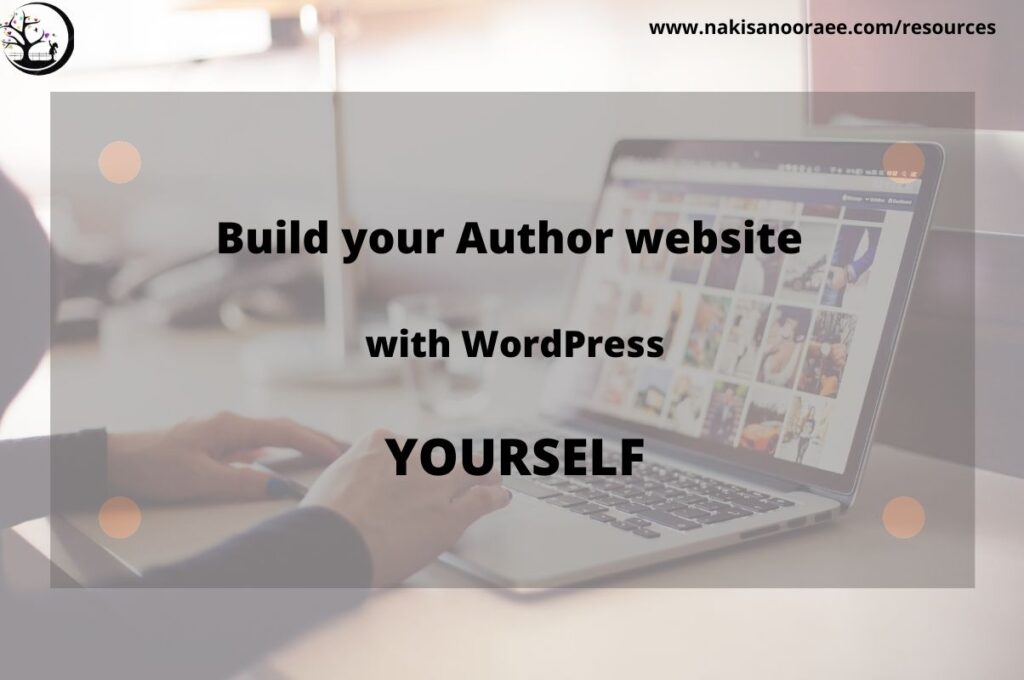Descilmiar: None of these links are affiliated. I refer to them because I use them and find them helpful.
Domain & Host
To have a website, you need to buy a domain. Most authors use their names for their domain addresses. On this website, you can check if the domain you want is taken or is free. You will pay annually for your domain.
Next, you need a web hosting service (mostly known as a host). It is a service that gives your the facilities you will require to build your website and make the website available. There are many different hosting services with different prices. I have used Bluehost and now I use Hostinger because it is cheaper. I selected the 4-year-plan and paid about 150 Dollars. The most expensive option is for one year. The longer the plan, the cheaper.
If this is your website and you haven’t any domain, you can buy the domain through the host. Sometimes hosts have an offer and give the first year of the domain for free.
WordPress template
Years ago, I wrote the HTML code for my website; a simple one-page website. It was very time-wasting and my website looked banal. Later, I learned that wasn’t the only way.
For a while, Joomla and WordPress were competitors. Until WordPress won. Most of the hosts have both of them installed. Ready to use. You only need to find a website template.
There are many free WordPress templates, as well as paid templates. Some templates have the free version with limited options and the paid version with more flexibility in choosing colors, fonts etc. I have been using free templates for more than six years and have had no problem. You can google a free WordPress template or use the template other people used. I use Vantage because I saw Jane Friedman uses this template. If you like a website’s design, scroll down to the bottom of the page and see if the author has mentioned the name of the template.
Before installing any template, take a look at its ‘live demo’ or ‘display’. Click on all pages and see if you really like it.
When you are looking for a template, there are some features that a template should have:
- One of the most important features of a template is a responsive template. It means the template is designed to display your website nicely on different platforms (mobile phone, tablet, desktop computer). Be careful, if a template is not responsive, you cannot fix it.
- If you want to have a blog on your website, take a look at the blog’s design.
- If you want your website in more than one language, look for multilingual templates. This means the template supports other languages, especially for languages with the non-Roman alphabet. For example, I wanted to have a page on my website in Farsi-–my mother language. Many websites support only English.
Work with WordPress
You need to learn to work with WordPress. No worries; it is straightforward and there are many free resources to learn.
The best resource I found is wpbeginner. This website has answers to any question you may have and even better, many of their posts include a video that shows you what to do. Their YouTube channel saved me hours and days. If you want to start from absolute zero, watch this video from wpbeginner. It shows you how to upload a template and how to install the plugins.
Plugins
There are many WordPress plugins you can add to your website. However, remember the more plugins the longer the loading time. So, keep your website simple and only use the necessary plugins. There may be more than one plugin available for one task. Always compare their rate and features. Some plugins have both free and premium versions. I use only free versions.
Here are some of the absolute necessary plugins I found useful:
- Backup plugin: you need to backup regularly. I use this UpdraftPlus and save my backups on Dropbox.
- Contact form: I use Contact Form 7 and here is a way to drop me a line.
- Anti-spam: as far as I know, Akismet is the best to protect the website against spam messages.
- If you want to write blog posts, Classic Editor is a big help for formatting the text.
- If write blogs posts and want to add a table of contents to your posts, Easy Table of Contents is a good option.
To see my other blogs posts about tools I use, please visit the Tools page. In PictureBookPedia, I publish biweekly blog posts about the craft of writing picture books. If you would like to receive my newsletter which includes links to my recent blog posts, please subscribe here. The form you have selected does not exist.




